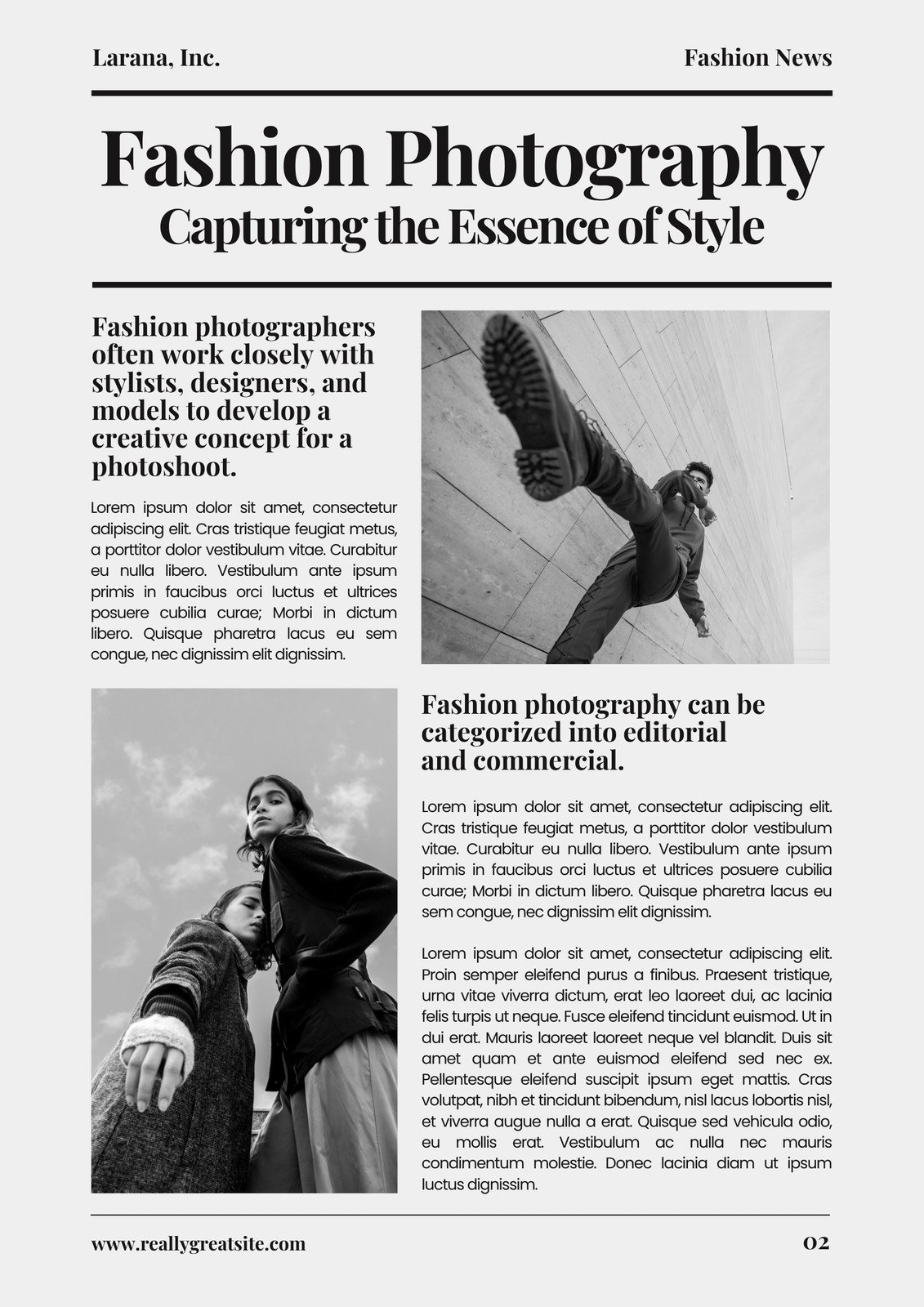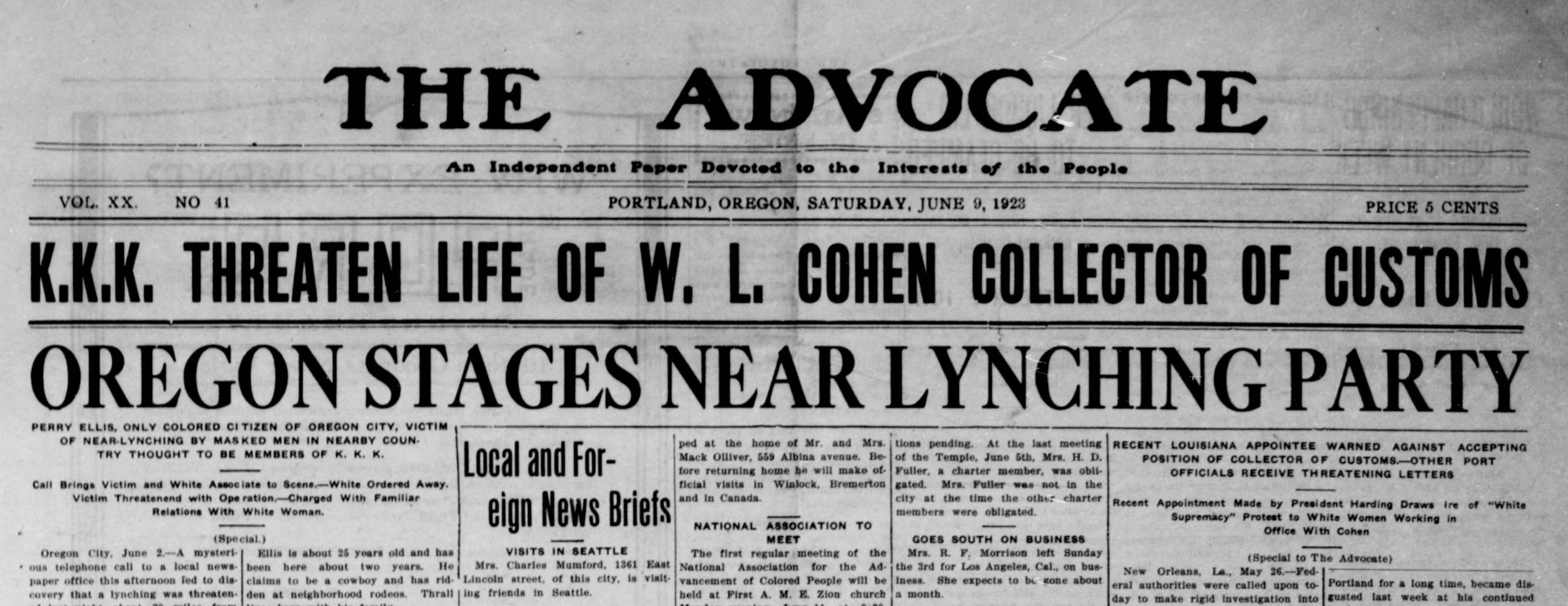News Articles - Questions
Table of ContentsNews Articles Can Be Fun For EveryoneWhat Does News Articles Do?Some Known Questions About News Articles.Indicators on News Articles You Should KnowThe smart Trick of News Articles That Nobody is Discussing
Good expertise of different topics offers pupils an one-upmanship over their peers. Although electronic and social media sites are conveniently easily accessible, we must not fail to remember just how important it is to check out the papers. Parents have to attempt and instill the practice of checking out a paper as an everyday regimen to continue the legacy of the adored print medium.News stories also contain at least one of the adhering to important characteristics relative to the desired audience: distance, prestige, timeliness, human interest, curiosity, or consequence.
Within these restrictions, news stories likewise aim to be comprehensive. Various other aspects are involved, some stylistic and some derived from the media type. Among the larger and a lot more highly regarded newspapers, fairness and balance is a major variable in presenting information. Discourse is usually confined to a separate section, though each paper may have a different general slant.
Newspapers with a global target market, for instance, tend to utilize a much more formal design of writing. The specific choices made by an information electrical outlet's editor or content board are frequently collected in a design overview; common design overviews consist of the and the US Information Style Book. The major goals of news writing can be summarized by the ABCs of journalism: accuracy, brevity, and clearness.
The Single Strategy To Use For News Articles
As a regulation, journalists will not use a lengthy word when a brief one will do. They utilize subject-verb-object construction and vivid, active prose (see Grammar). They supply narratives, examples and metaphors, and they hardly ever depend on generalizations or abstract ideas. News writers try to stay clear of utilizing the exact same word extra than as soon as in a paragraph (sometimes called an "resemble" or "word mirror").
However, headings sometimes leave out the subject (e.g., "Jumps From Watercraft, Catches in Wheel") or verb (e.g., "Feline woman fortunate"). A subhead (likewise subhed, sub-headline, subheading, caption, deck or dek) can be either a secondary title under the major headline, or the heading of a subsection of the write-up. It is a heading that comes before the primary message, or a team of paragraphs of the major text.

Extra signboards of any of these types may show up later on in the write-up (specifically on succeeding web pages) to entice additional reading. Such billboards are likewise used as guidelines to the write-up in other areas of the publication or site, or as advertisements for the piece in various other publication or sites. Typical structure with title, lead paragraph (recap in vibrant), various other paragraphs (information) and get in touch with information.

Instance of a hard-lead paragraph NASA is suggesting one more area task. The spending plan demands roughly $10 billion for the task.
The NASA announcement came as the company requested $10 billion of appropriations for the project. An "off-lead" is the second crucial front page information of the day. The off-lead shows up either in the top left edge, or directly listed below the lead on the right. To "hide the lead" is to begin the article with history info or information this content of secondary significance to the readers, compeling them to check out even more deeply right into a short article than they hop over to these guys ought to need to in order to find the essential points.
How News Articles can Save You Time, Stress, and Money.
Common use is that one or 2 sentences each form their very own paragraph. Journalists normally describe the organization or structure of a news tale as an upside down pyramid. The essential and most intriguing aspects of a story are placed at the beginning, with sustaining information complying with in order of reducing relevance.
It allows individuals to explore a subject to only the depth that their inquisitiveness takes them, and without the imposition of details or nuances that they can take into consideration pointless, yet still making that info offered to much more interested readers. The upside down pyramid structure additionally allows posts to be trimmed to any approximate length throughout format, to fit in the space offered.
Some writers begin their stories with the "1-2-3 lead", yet there are several kinds of lead readily available. A kicker can refer to numerous things: The last story in the information program; a "delighted" tale to end the show.
Longer write-ups, such as publication cover posts and the pieces that lead the inside areas of a newspaper, are understood as. Attribute stories vary from straight information in numerous means.
How News Articles can Save You Time, Stress, and Money.
An attribute's first paragraphs commonly connect an intriguing minute or occasion, as in an "unscientific lead". From the details of an individual or episode, its look at this site view rapidly broadens to abstract principles concerning the story's topic.

The Editor's Toolbox: A Recommendation Overview for Beginners and Professionals (2001) Allan M. Siegal and William G. Connolly. The New York City Times Manual of Style and Use: The Authorities Style Overview Made Use Of by the Writers and Editors of the World's Most Authoritative Newspaper (2002) M. L. Stein, Susan Paterno, and R.